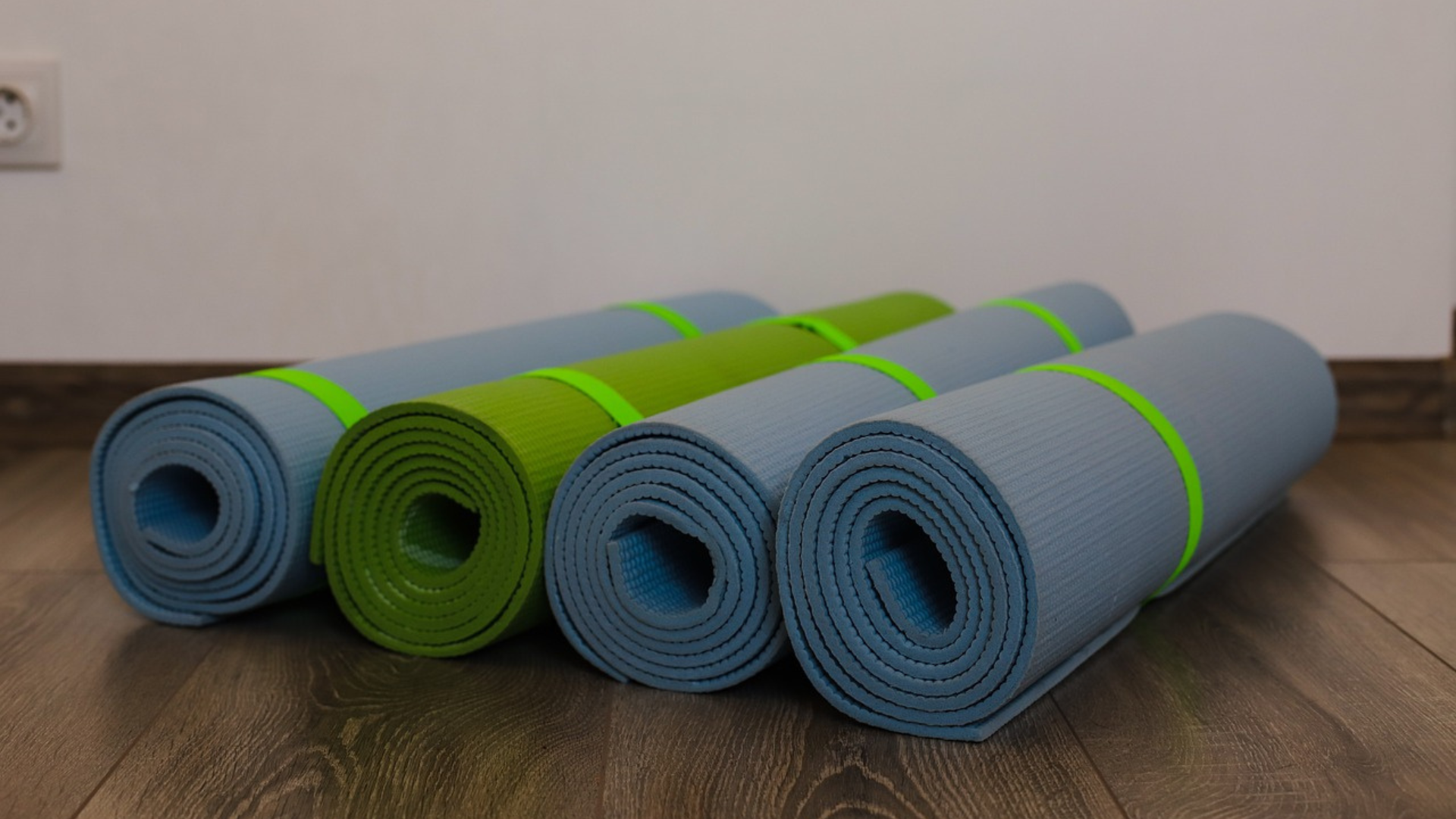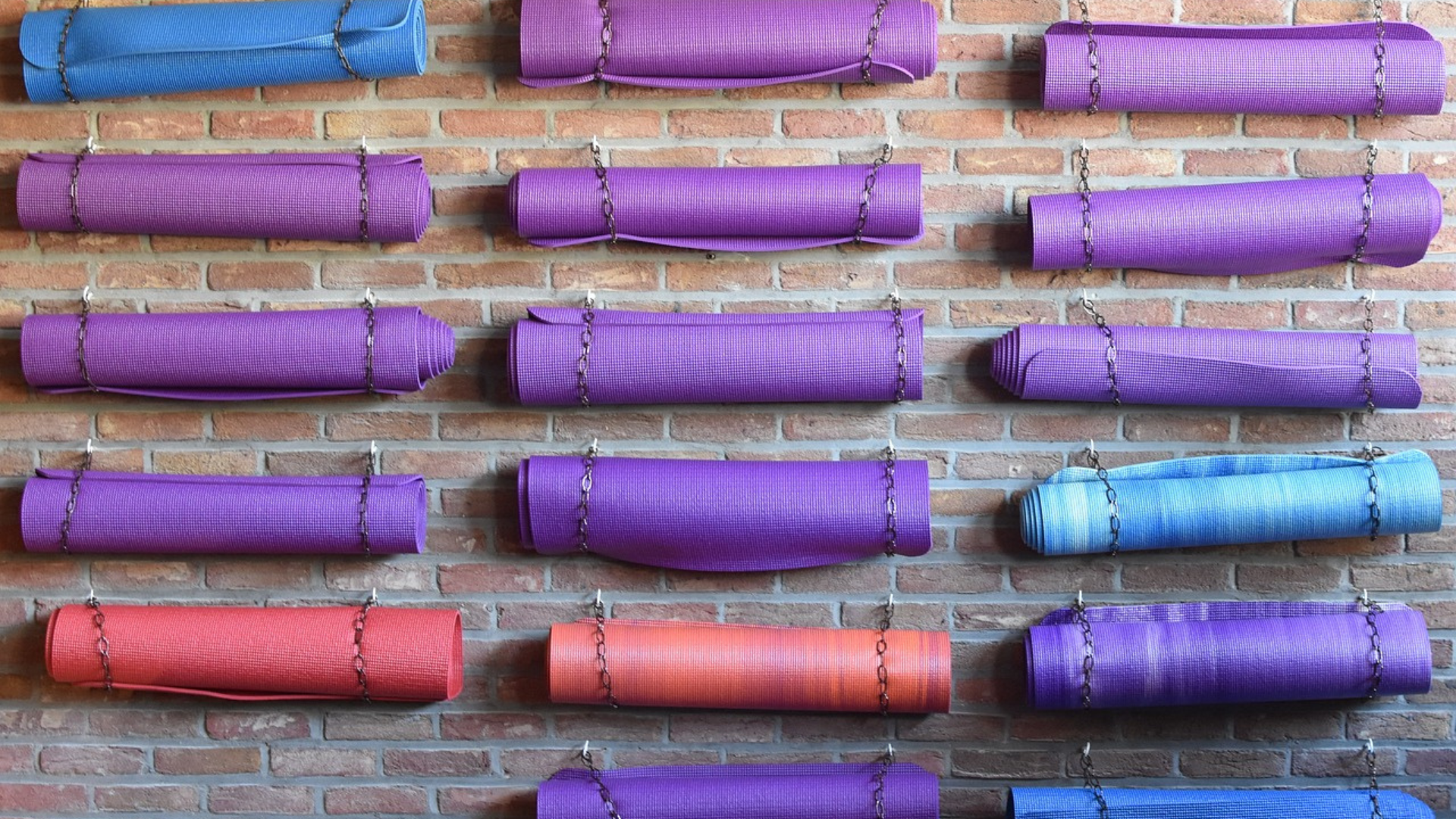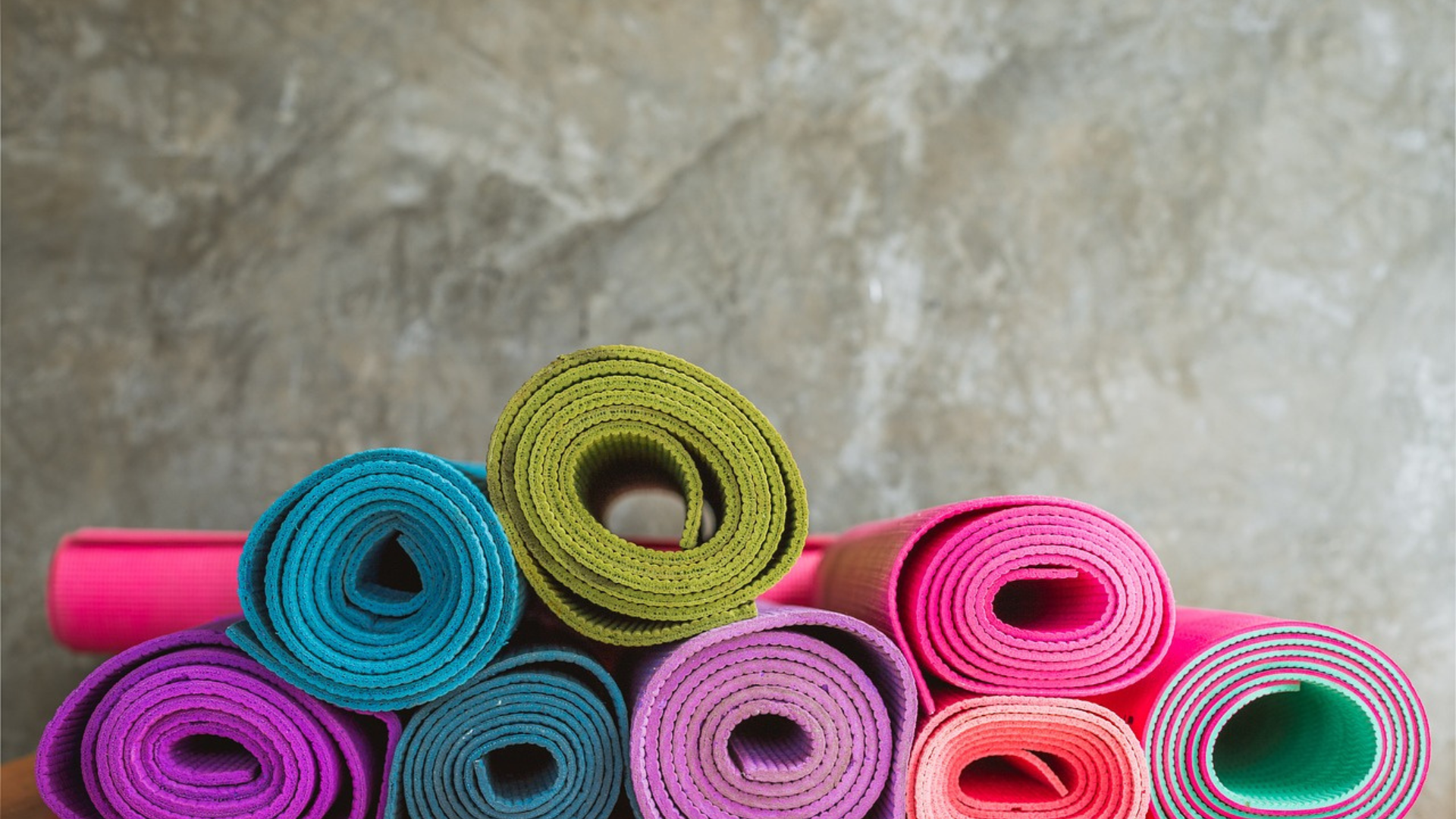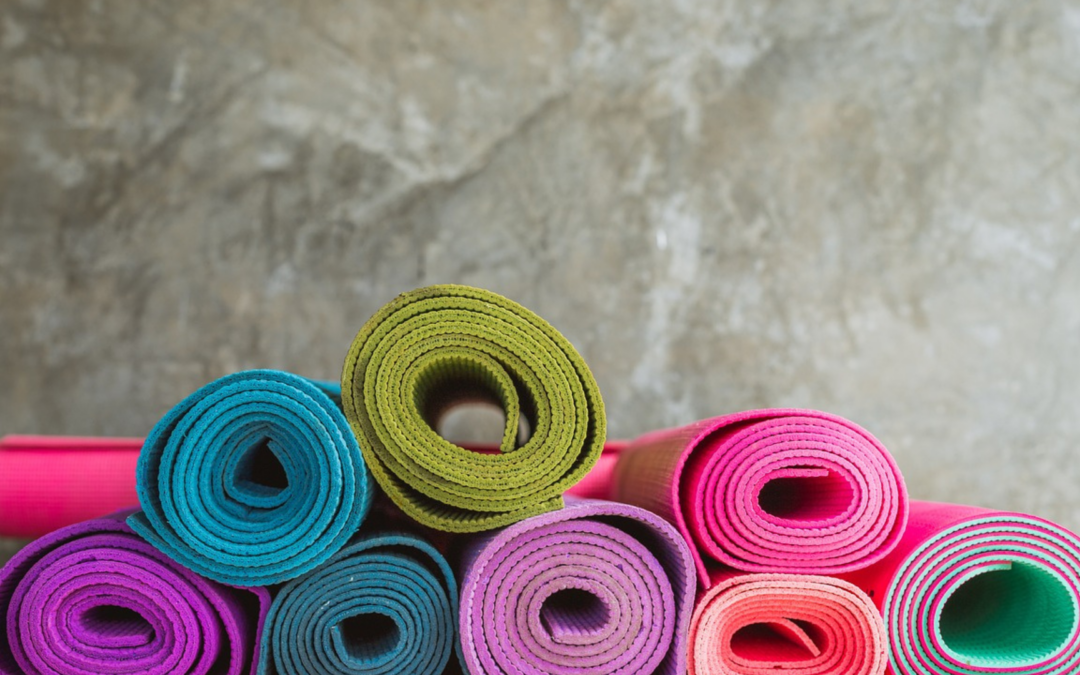How to Choose the Perfect Yoga Mat: Expert Guide
Shyambhai Yoga has become an essential practice for physical and mental well-being, and having the right yoga mat can significantly enhance your experience. Whether you are a beginner or an advanced practitioner, choosing the perfect yoga mat is crucial for comfort, support, and stability during your practice.
In this expert guide, we will give you the details about how online yoga classes for stress relief are helpful in mind relaxation. The key factors to consider when selecting a yoga mat, ensuring that it meets your personal needs and enhances your Shyambhai Yoga journey.

1. Understanding Your Yoga Practice
Before selecting a yoga mat, it is essential to understand the type of yoga you practice. Different styles require different levels of support, grip, and cushioning. For example:
- Hatha Yoga: Requires a standard mat with moderate thickness and grip.
- Vinyasa & Ashtanga Yoga: Needs a mat with excellent grip to prevent slipping.
- Restorative & Yin Yoga: Benefits from a thicker mat for extra comfort.
- Bikram or Hot Yoga: Requires a mat with a non-slip surface and moisture absorption.
- Shyambhai Yoga: Integrates holistic well-being with traditional yoga techniques, requiring a versatile mat that accommodates various postures and breathwork exercises.
Check out our article How to Do a Proper Downward Dog: Step-by-Step Instructions to learn in detail about downward dog pose through shyambhai yoga To understand your yoga style and practice each pose perfectly, you have to select a mat tailored to your practice, ensuring a more effective and comfortable experience.
2. Material Matters: Which One is Best for You?
Yoga mats come in different materials, each offering unique benefits. Consider the following options:
- PVC (Polyvinyl Chloride): Durable and provides excellent grip but is not environmentally friendly.
- TPE (Thermoplastic Elastomer): A more eco-friendly alternative with good durability and cushioning.
- Natural Rubber: Offers superior grip and sustainability but may have a strong odor.
- Cork: Naturally antimicrobial and provides excellent traction, ideal for Shyambhai Yoga practitioners.
- Cotton or Jute: Breathable and eco-friendly but offers less cushioning.
Choosing a material that aligns with your values and comfort preferences is crucial for a fulfilling yoga experience.
3. Thickness and Cushioning: Finding the Right Balance
Yoga mats come in different thickness levels, ranging from ultra-thin (1.5mm) to extra-thick (8mm). Consider the following:
- Thin Mats (1.5-3mm): Ideal for travel and better connection with the floor.
- Standard Mats (4-5mm): Provides a balance between comfort and stability.
- Thick Mats (6-8mm): Offers extra cushioning for sensitive joints.
If your Shyambhai Yoga practice involves meditation and prolonged seated poses, a slightly thicker mat can enhance comfort without compromising stability.
4. Grip and Texture: Preventing Slips and Improving Stability
The grip of your yoga mat is essential to prevent slipping and ensure stability. Look for a mat with a non-slip texture, especially if you practice dynamic sequences or hot yoga.
Textured surfaces or natural rubber mats provide a strong grip, making them suitable for Shyambhai Yoga techniques that require controlled movement and balance.
5. Size and Portability: Choosing the Right Dimensions
Most yoga mats come in a standard size of 68 x 24 inches, but taller individuals may prefer longer mats (72-74 inches). If you travel frequently or attend Shyambhai Yoga retreats, a lightweight and foldable mat is a great option for easy portability.

6. Durability and Maintenance: Investing in a Long-Lasting Mat
A good yoga mat should withstand daily use and be easy to clean. Mats made from PVC and natural rubber tend to be more durable, while eco-friendly options like cork and jute may require extra care.
Cleaning your mat regularly with a gentle cleanser will maintain its longevity and hygiene.
7. Eco-Friendliness and Sustainability: Choosing a Green Option
If environmental impact is important to you, opt for mats made from biodegradable materials like cork, natural rubber, or TPE. Shyambhai Yoga emphasizes harmony with nature, making an eco-friendly yoga mat an excellent choice for a sustainable practice.
8. Price and Brand Considerations: Finding the Best Value
Yoga mats range in price from budget-friendly options to premium models. Investing in a high-quality mat ensures durability and better performance.
Still confused about choosing a perfect yoga mat?? Check out this, to choose a perfect yoga mat, and consider brands that align with the principles of Shyambhai Yoga, offering sustainable and well-crafted mats.
9. Special Features to Consider in a Yoga Mat
Some yoga mats come with additional features that can enhance your practice. Features such as alignment guides, double-sided grip, moisture resistance, and antimicrobial coatings can improve performance and longevity.
Practitioners of Shyambhai Yoga may benefit from mats that include alignment markers, helping to maintain correct posture and positioning during sequences.
10. The Importance of Proper Storage and Care
To extend the lifespan of your yoga mat, proper storage is key. Rolling your mat correctly, avoiding excessive sunlight exposure, and cleaning it with mild, natural cleaners will ensure it remains in optimal condition.
Mats used in Shyambhai Yoga practices, which often involve deep breathing and relaxation techniques, should be kept free from harsh chemical residues.
11. Personal Preferences: Choosing a Mat That Feels Right
At the end of the day, choosing the perfect yoga mat is also about how it feels to you. Some practitioners prefer firm mats for stability, while others enjoy extra cushioning for joint support.
Testing a few options before making a decision will help ensure that your mat complements your Shyambhai Yoga practice in the best way possible.
12. Transitioning from a Beginner to an Advanced Yoga Mat
As your practice evolves, you may find the need to upgrade your mat. Beginners often start with a standard, budget-friendly mat, but as they advance, investing in a high-quality, performance-based mat can improve comfort and technique.
Those dedicated to Shyambhai Yoga may want a durable mat that supports intensive practice and long meditation sessions.
13. Reviews and Recommendations: Learning from Others
Before purchasing a yoga mat, reading reviews and getting recommendations from fellow yoga practitioners can be beneficial. Seeking feedback from experienced Shyambhai Yoga practitioners will provide insights into which mats are best suited for holistic, traditional practices.
14. The Psychological Impact of a Good Yoga Mat
A high-quality yoga mat can positively influence your mindset and motivation. Feeling comfortable and supported during your practice encourages consistency and deeper engagement.
Shyambhai Yoga focuses on mental clarity and well-being, making the choice of a yoga mat an essential factor in achieving a mindful, harmonious experience.

Conclusion
Choosing the perfect yoga mat involves considering your practice style, material preference, thickness, grip, size, durability, sustainability, and budget. A well-chosen mat enhances your Shyambhai Yoga experience by providing comfort, support, and stability.
By investing in the right yoga mat, you can deepen your practice and enjoy the numerous benefits of yoga with ease and confidence.
Expanding upon each section with detailed insights, real-world examples, and expert recommendations ensures that practitioners make a fully informed decision when choosing a yoga mat.
The right yoga mat will not only improve performance but also create an enriching and holistic Shyambhai Yoga journey that promotes overall well-being and inner balance.

